Atomic: Living in Dread and Promise
2015
1h 11m
Using only archive film and a new musical score by the band Mogwai, Mark Cousins presents an impressionistic kaleidoscope of our nuclear times – protest marches, Cold War sabre-rattling, Chernobyl and Fukishima – but also the sublime beauty of the atomic world, and how x-rays and MRI scans have improved human lives. The nuclear age has been a nightmare, but dreamlike too.
If current server doesn't work please try other servers beside.
Similar Movies

Rite of Spring
Black-and-white film projections by Bill Morrison, using archival footage of frigid Arctic scenes.
Rating:
0.0/10
Votes:
0
Year:
2013
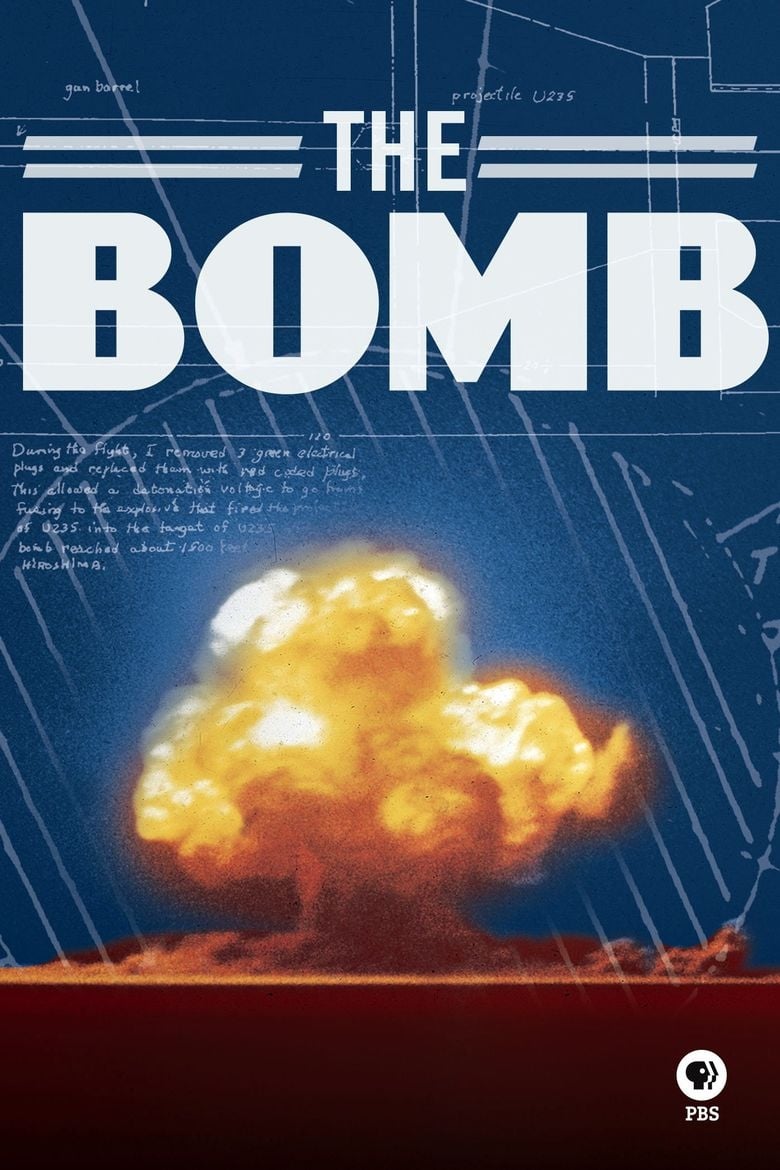
The Bomb
Using masterfully restored footage from recently declassified images, The Bomb tells a powerful story of the most destructive invention in human history. From the earliest testing stages to its use as the ultimate chess piece in global politics, the program outlines how America developed the bomb, how it changed the world and how it continues to loom large in our lives. The show also includes interviews with prominent historians and government insiders, along with men and women who helped build the weapon piece by piece.
Rating:
6.8/10
Votes:
14
Year:
2015

The Neutron Bomb
We've all heard of the atomic bomb, but in the late 1950s, an idea was conceived of a bomb which would maximize damage to people, but minimize damage to buildings and vital infrastructure: perfect for an occupying army. This is the story of a man and his bomb: a melding of world events and scientific discovery inspire the neutron bomb, one of the most hated nuclear weapons ever invented.
Rating:
10.0/10
Votes:
1
Year:
2022
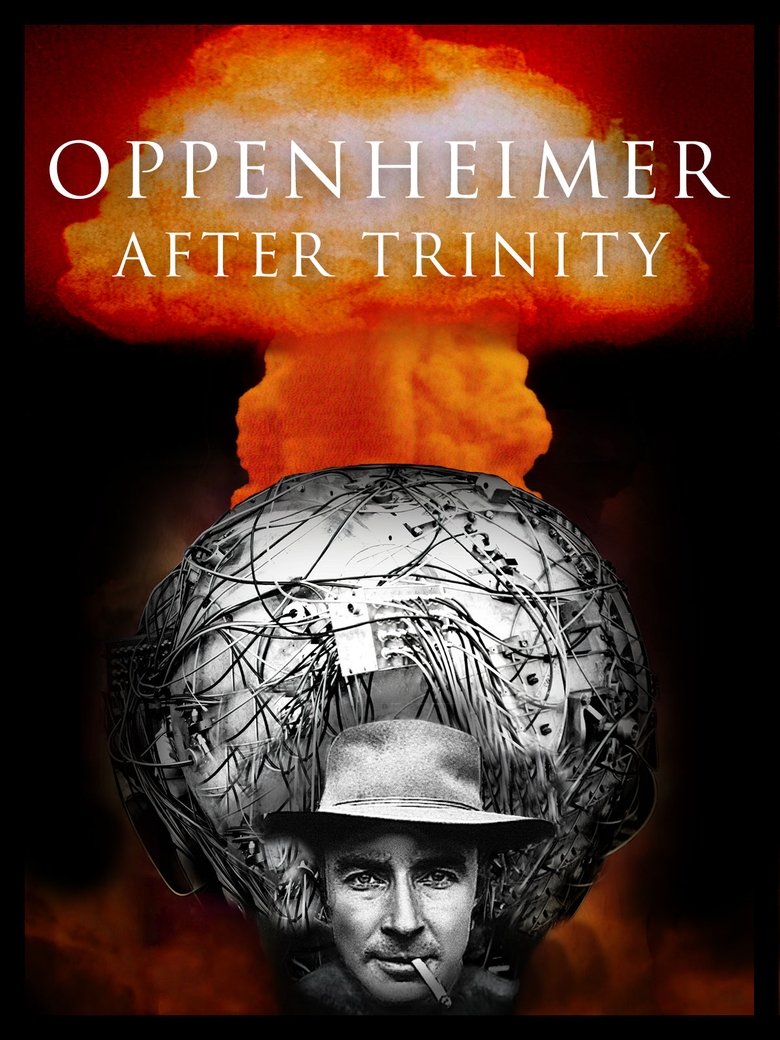
Oppenheimer After Trinity
This captivating documentary on J. Robert Oppenheimer, the architect of the atomic bomb, explores his journey before the historic test and reveals the burden he carried after. De-classified documents, rare film footage and exclusive interviews, including Oppenheimer's grandson, show an intimate exploration of the burden Oppenheimer carried and the profound global impact still being debated today.
Rating:
7.7/10
Votes:
3
Year:
2023
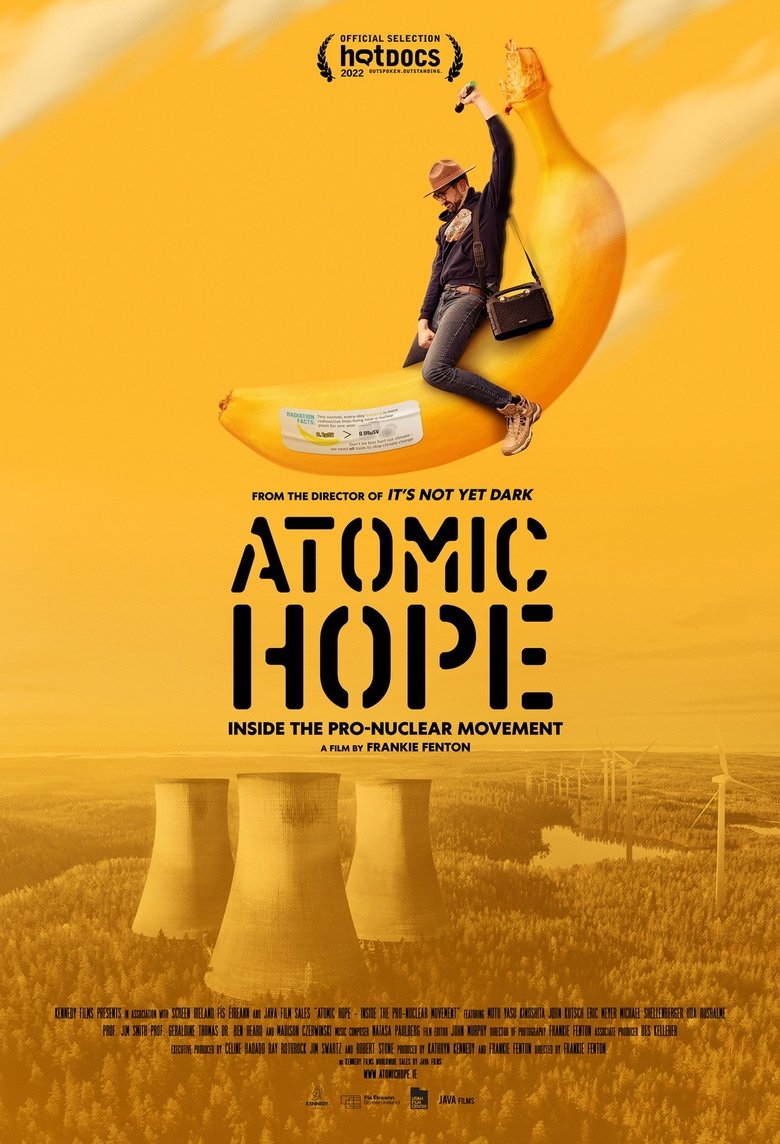
Atomic Hope: Inside the Pro-Nuclear Movement
Is nuclear energy the solution to the climate crisis? Whether it is the only carbon-neutral technology capable of tackling the crisis or a fatally convenient stopgap, time is running out.
Rating:
5.5/10
Votes:
4
Year:
2023
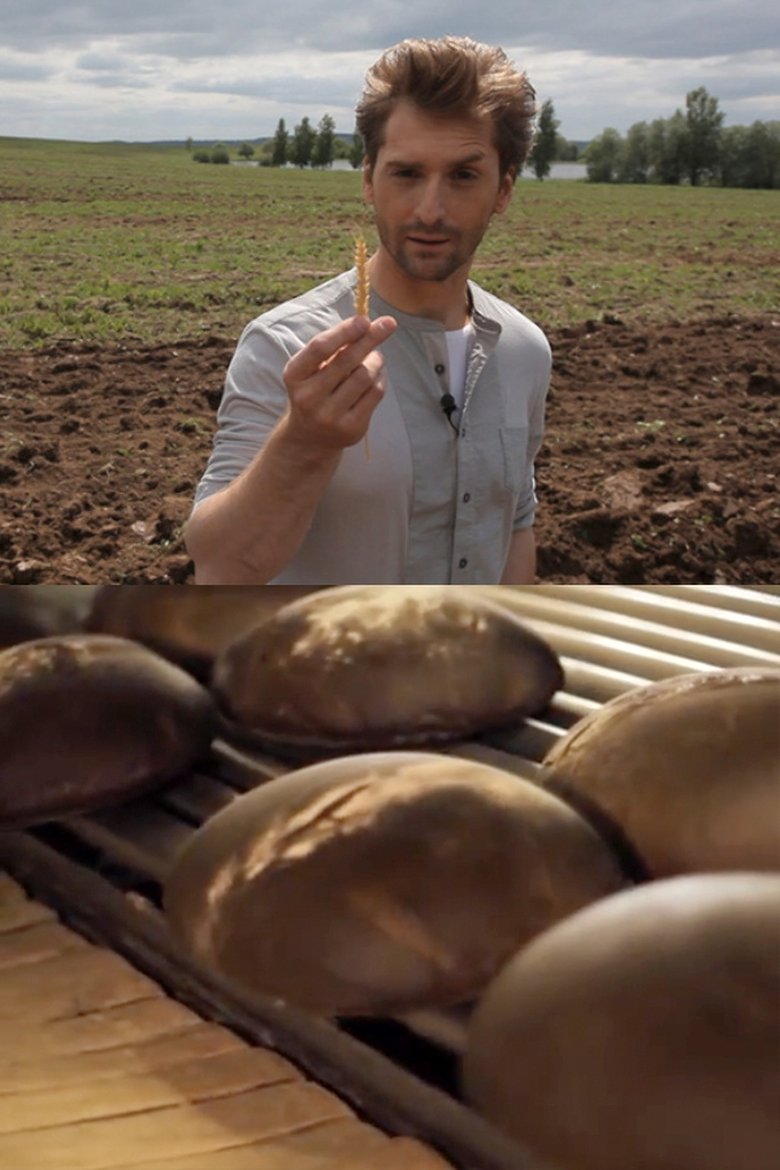
Хлеб
A unique project, the popular science series "Bread" is shooting around the world, interviews with scientists and world-class experts. There are 4 series in the project: "Immortality", "Money", "Hunger" and "Gene". This is a story about how bread controlled the destinies of continents and empires, how the rise of some civilizations and the fall of others depended on it, how in different countries and at different times it performed the function of money. This is the first time such a complete study of bread and grain is being carried out on a television screen. The focus is on the most interesting events in the history of Russia, Italy, France, Germany, England, China, Egypt and other countries.
Rating:
7.9/10
Votes:
8
Year:
2014

Хлеб. Ген
Each grain crop - wheat, rye, rice and corn - has been "creating" a special type of person for centuries. For example, rye formed the Slavic culture, wheat influenced the inhabitants of almost all of Central Europe and a significant part of Asia, corn formed the inhabitants from Mexico to Nicaragua, and rice - representatives of Japan, India and China. Today, genetic engineers are trying to create the bread of the future. It is likely that after some time we will have three-dimensional food printers in our kitchens that will be able to "print" buns, loaves or confectionery. However, scientists are convinced that only part of the components for the "printer" will be chemical, and the rest of the components will continue to be grown on earth. At the same time, some researchers believe that genetic engineering may turn out to be a "Pandora's box", while others are sure that they can no longer do without it.
Rating:
0.0/10
Votes:
0
Year:
2014

I Want So Much To Live
I WANT SO MUCH TO LIVE explores the pioneering efforts of Genentech and the many individuals who came together to develop Herceptin, the world's first 'targeted therapy' for breast cancer.
Rating:
0.0/10
Votes:
0
Year:
2009
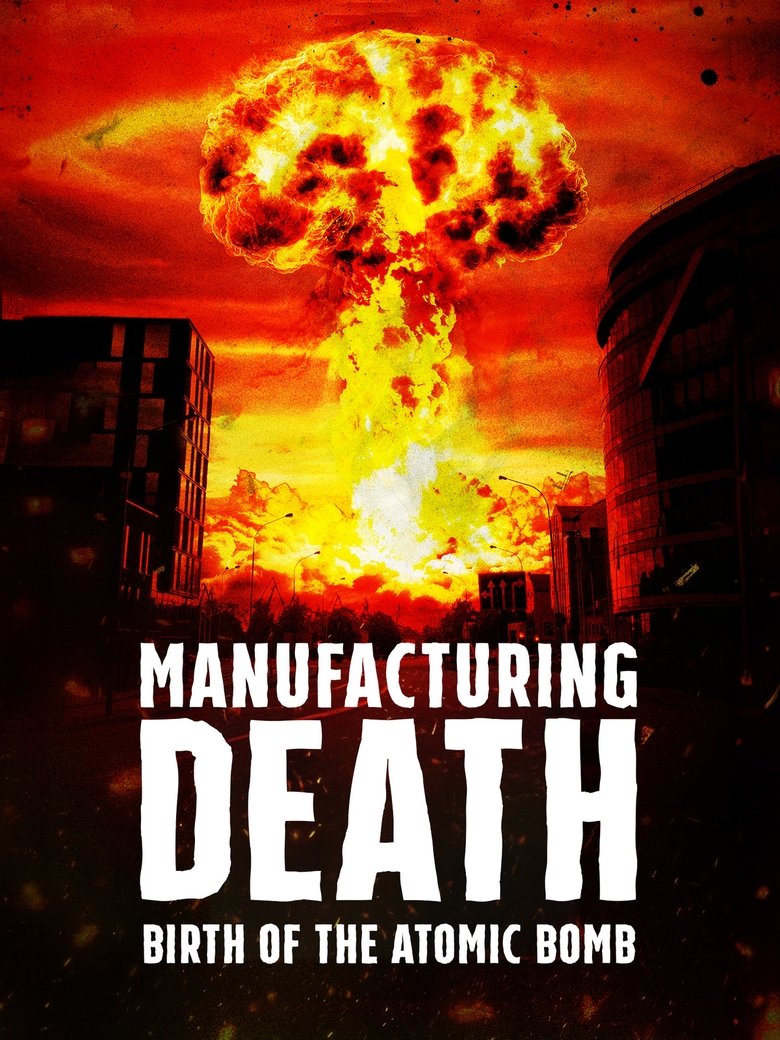
Manufacturing Death: Birth of the Atom Bomb
The birth of the atomic bomb changed the world forever. In the years before the Manhattan project, a weapon of such power was not even remotely imaginable to most people on earth. And yet, with war comes new inventions. New ways of destroying the enemy. New machines to wipe out human life. The advent of nuclear weapons not only brought an end to the largest conflict in history, but also ushered in an atomic age and a defining era of "big science". However, with the world now gripped by nuclear weapons, we exist constantly on the edge of mankind's total destruction.
Rating:
8.2/10
Votes:
3
Year:
2023

Fireball: Visitors from Darker Worlds
This remarkable journey across our planet and universe explores how meteorites, shooting stars, and deep impacts have awoken our wonder about other realms—and make us rethink our destinies.
Rating:
6.6/10
Votes:
92
Year:
2020

To Mars by A-Bomb: The Secret History of Project Orion
Top scientists want to build a nuclear bomb-powered spaceship to visit Mars and the planets.
Rating:
8.0/10
Votes:
1
Year:
2003

Génération Club Dorothée - L'incroyable histoire d'une émission culte
Rating:
8.8/10
Votes:
2
Year:
2014
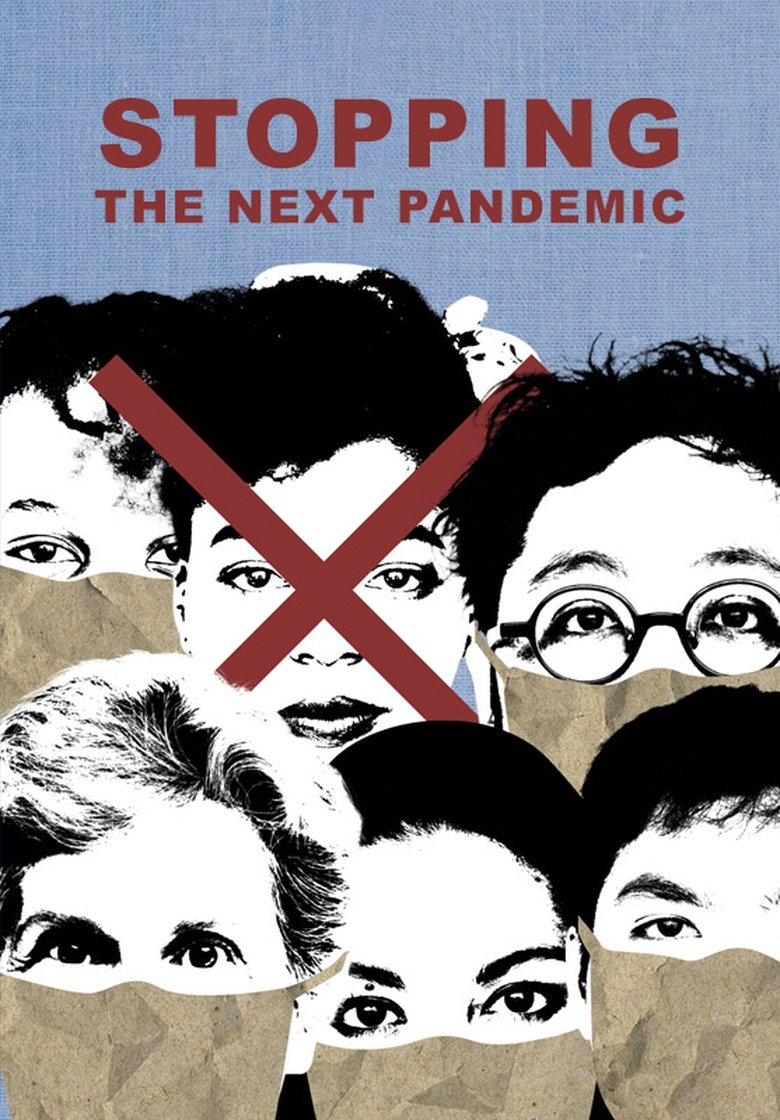
Épidémies, l'empreinte de l'homme
How can we prevent epidemics? Why do viruses and bacteria move? Rather than trying to contain epidemics one after another, why not stop the processes that encourage their emergence? The challenges are enormous, but scientists argue that solutions exist. Because if emerging diseases are the collateral consequences of our lifestyles, our lifestyles are under our control.
Rating:
9.0/10
Votes:
1
Year:
2023

Einstein and the Bomb
What happened after Einstein fled Nazi Germany? Using archival footage and his own words, this docudrama dives into the mind of a tortured genius.
Rating:
6.1/10
Votes:
90
Year:
2024
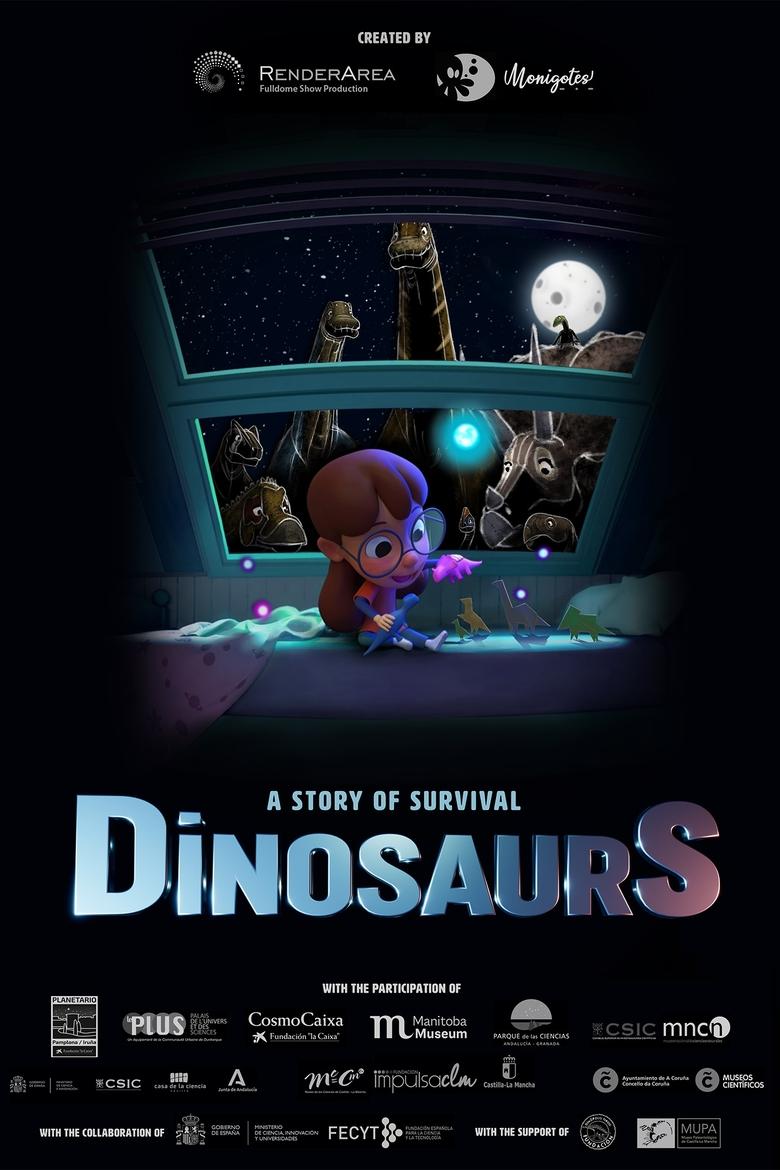
Dinosaurs: A Story of Survival
Like almost all children, Celeste is fascinated by dinosaurs. She is preparing a talk for her class about how they went extinct when Moon, a very wise and magical character, poses a tantalizing question: What if I told you that there are still dinosaurs among us? Celeste will join Moon on a journey through time, an exciting adventure that will show them the Earth as it was in the very, very distant past. They will see the fascinating transformations that these animals underwent over millions of years, creating giant creatures, armored beasts, and super-predators, until the day that a cataclysmic impact event caused a mass extinction on Earth. But all is not lost. Celeste will discover the key to their survival.
Rating:
0.0/10
Votes:
0
Year:
2022

Ray Harryhausen: Special Effects Titan
There’s only one person who so accurately personifies movie magic in the history of film, and that man is special effects maestro Ray Harryhausen. Focusing on the man behind the landmark effects on films like Clash Of The Titans, One Million Years B.C., Jason And The Argonauts and many more, this in-depth film features interviews with the great man himself, and with an array of animators and directors influenced by his work including Guillermo del Toro, Peter Jackson, Nick Park, Terry Gilliam, James Cameron and Steven Spielberg. The film also features unseen footage of tests and experiments recently uncovered.
Rating:
7.4/10
Votes:
38
Year:
2012

Concorde, le rêve supersonique
Thundering across the sky on elegant white wings, the Concorde was an instant legend. But behind the glamour of jet setting at Mach 2 were stunning scientific innovations and political intrigue. Fifteen years after Concorde's final flight, this documentary takes you inside the historic international race to develop the first supersonic airliner. Hear stories from those inside the choreographed effort to design and build Concorde in two countries at once - and the crew members who flew her.
Rating:
8.0/10
Votes:
1
Year:
2018
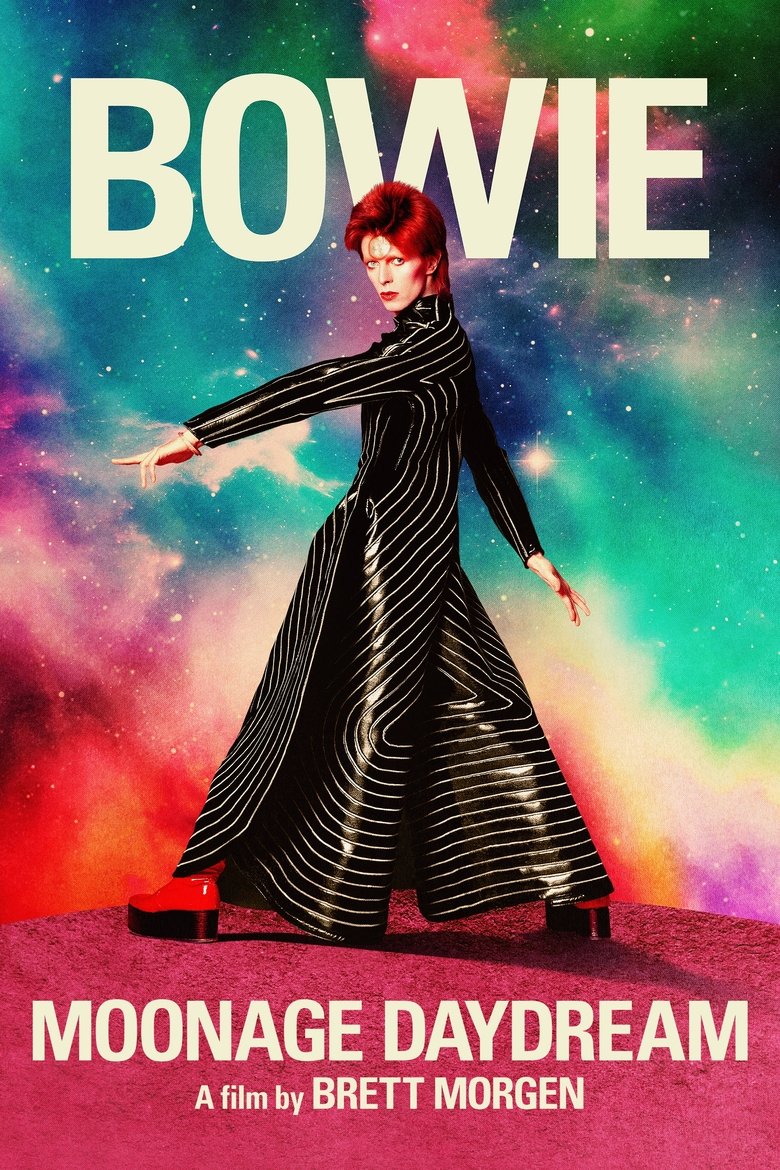
Moonage Daydream
A cinematic odyssey featuring never-before-seen footage exploring David Bowie's creative and musical journey.
Rating:
7.5/10
Votes:
241
Year:
2022

Inside Christopher Nolan's Oppenheimer
A look behind the scenes of Christopher Nolan's film "Oppenheimer" about an American scientist and his role in the development of the atomic bomb.
Rating:
6.5/10
Votes:
10
Year:
2023

Spionagefall Robert Oppenheimer
Rating:
7.2/10
Votes:
2
Year:
2025
If current server doesn't work please try other servers beside.